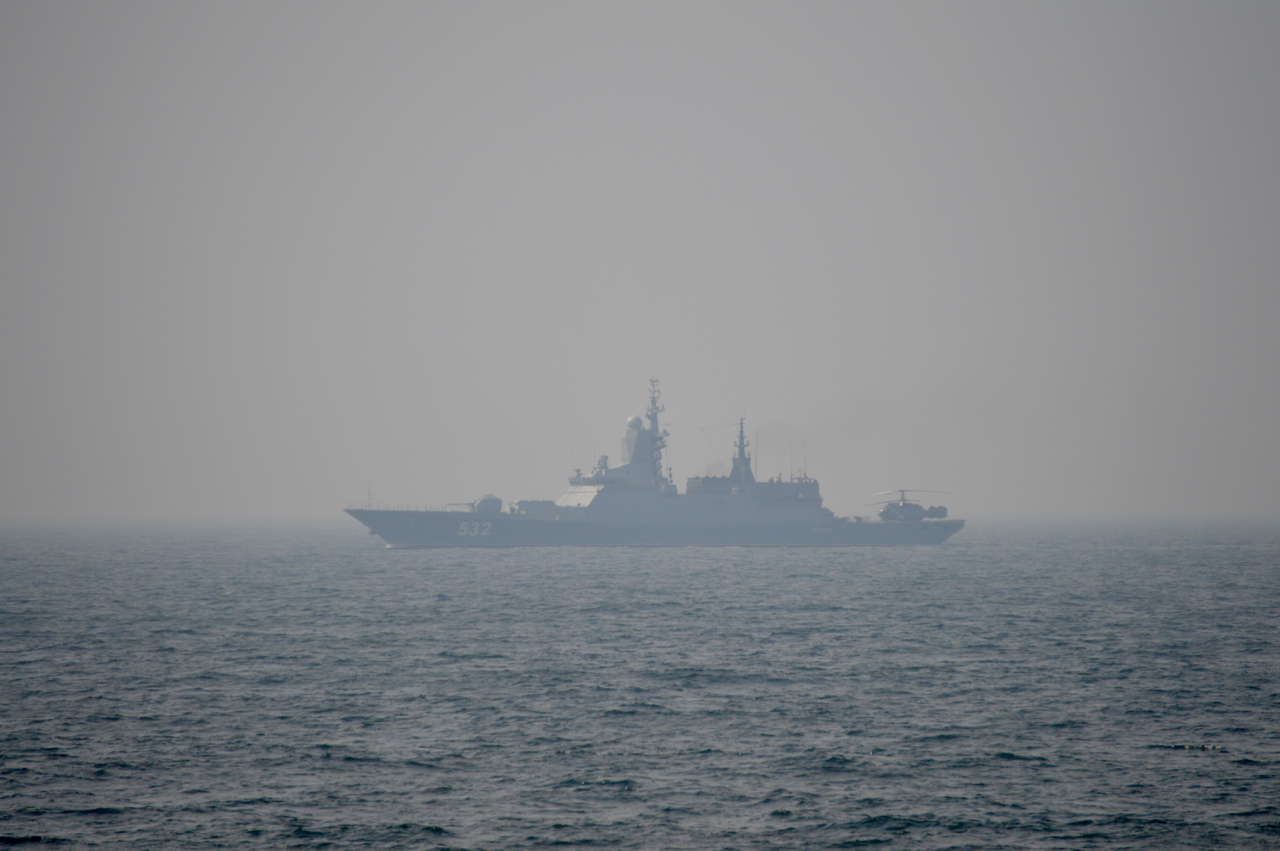
ABOARD USS GRAVELY, IN THE BALTIC SEA – “Away, SNOOPIE team, away. Surface contact on port side.”
For USS Gravely (DDG-107) operating in the Baltic Sea for the better part of 2019, this call for an intel team to rush topside has been a common one over the 1MC. With Russian ships, helicopters and jets monitoring the destroyer’s activities with Standing NATO Maritime Group 1 and in exercises such as BALTOPS 2019, contact with the foreign military has been near-daily.
And that’s what SNMG-1 Commander Rear Adm. Edward Cashman wants other leaders and sailors coming into U.S. 6th Fleet to know: this is “what normal looks like now.”
The U.S. military invests significant time and effort into conducting training exercises and patrols overseas – and while it does provide opportunities for sailors to have port calls in interesting places and build interoperability with allies and partners, it also helps build upon U.S. knowledge of what “normal” is in waterways around the world.
The Baltic Sea is relatively shallow, which affects what kind of submarines operate there and how. In some areas it’s hard to get more than 12 miles away from coastlines, meaning ships cannot produce their own water due to health and safety regulations on using sea water too close to shore. The sailboat traffic on nice days is considerable, not to mention the constant commercial traffic through the sea. All these things affect now the Navy does its business there, and having a regular presence here ensures these lessons aren’t forgotten.
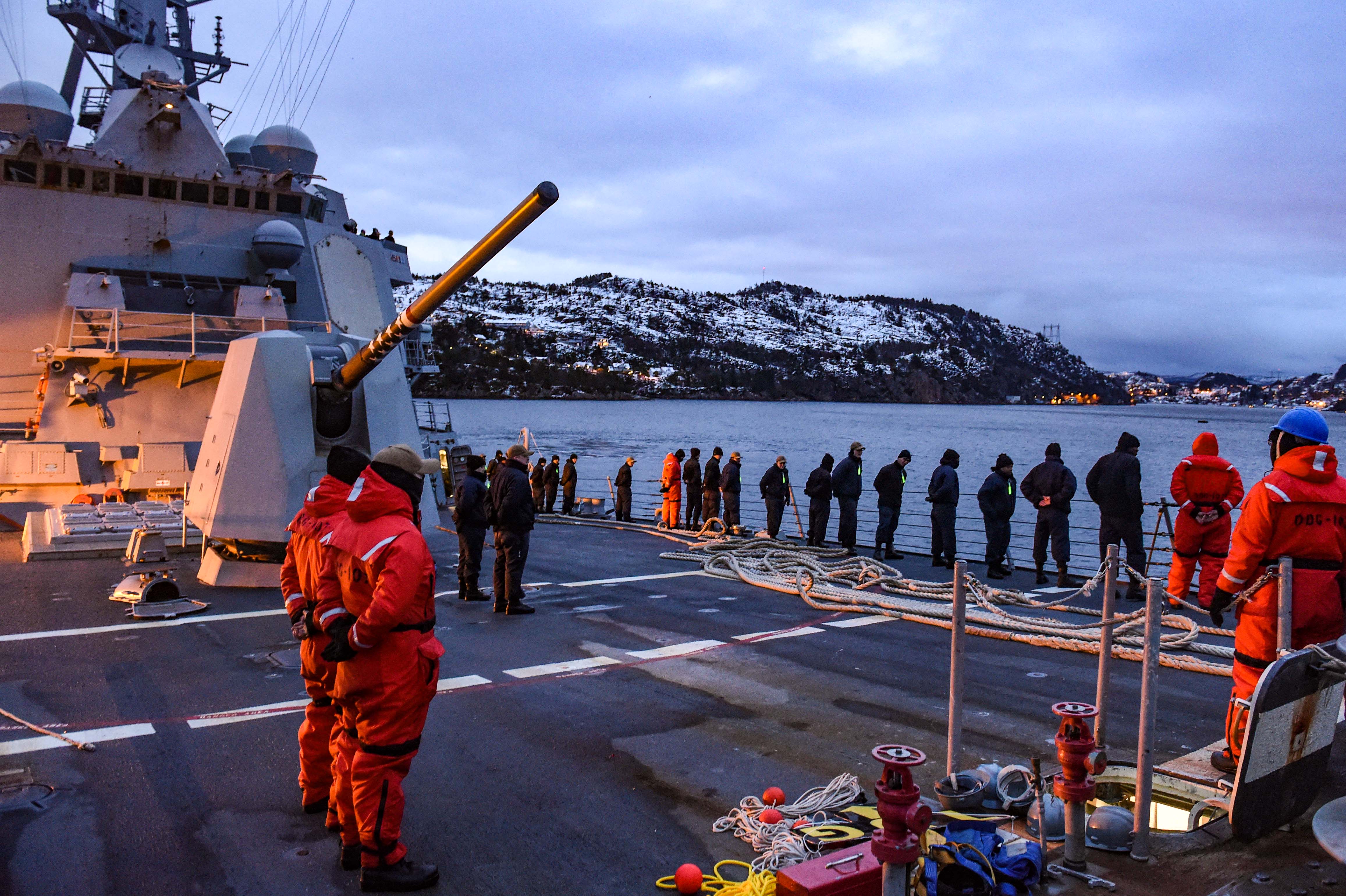
Equally important is keeping current with what other militaries are doing in the area.
“So far, in our experience, the Russians have been very interested and they’ve had one or sometimes two or three ships around us keeping track of the NATO group in the Baltic,” Cashman told USNI News while aboard Gravely during the BALTOPS 2019 exercise.
“We expect them to behave professionally. They’re interested in where we are, and it’s understandable I guess, as long as they behave professionally and don’t present a risk to navigation or a risk to safety.”
Gravely came to the Baltic Sea in January to lead SNMG-1 and has spent much of its time operating in the sea since. He said he hasn’t experienced any unsafe incidents with the Russians, but the “SNOOPIE team” – an intelligence officer, a photographer and sometimes others – are called away sometimes multiple times a day to document interactions with Russian ships or aircraft. Those notes, photos and videos would be used as evidence if an unsafe interaction did occur and had to be dealt with through political and diplomatic channels, but the snoopy team products also build a picture for future officers to leverage, Cashman said.
“It’s important to continue to document over time what the behaviors are, what we see. And to some extent it’s writing things down; to a large extent it’s taking pictures and video because people are still very visual creatures, and when you show pictures you can talk about it and say this is what it looks like from the bridge wing,” he said, noting that it could be hard to understand what it means to see a Russian ship 1,000 yards off your port side but it’s very clear when you see the images.
“And that helps as ships and commanders prepare for the next deployment, to sort of understand what to expect, to understand that looks about right. It’s all about building experience and judgment so that the old part of your brain recognizes when something’s not quite right, and the hair on the back of your neck stands up or something grabs your attention to say, this is different, something’s not right and we can do something,” he continued.
“But that takes time and experience; part of it is learning from other people’s experience with the right products, with the intel community providing background information. Part of it’s having discussions with commanders in the classroom in preparation, in pre-deployment workups, having discussions about those sorts of things. And then finally is sort of seeing it for yourself.”
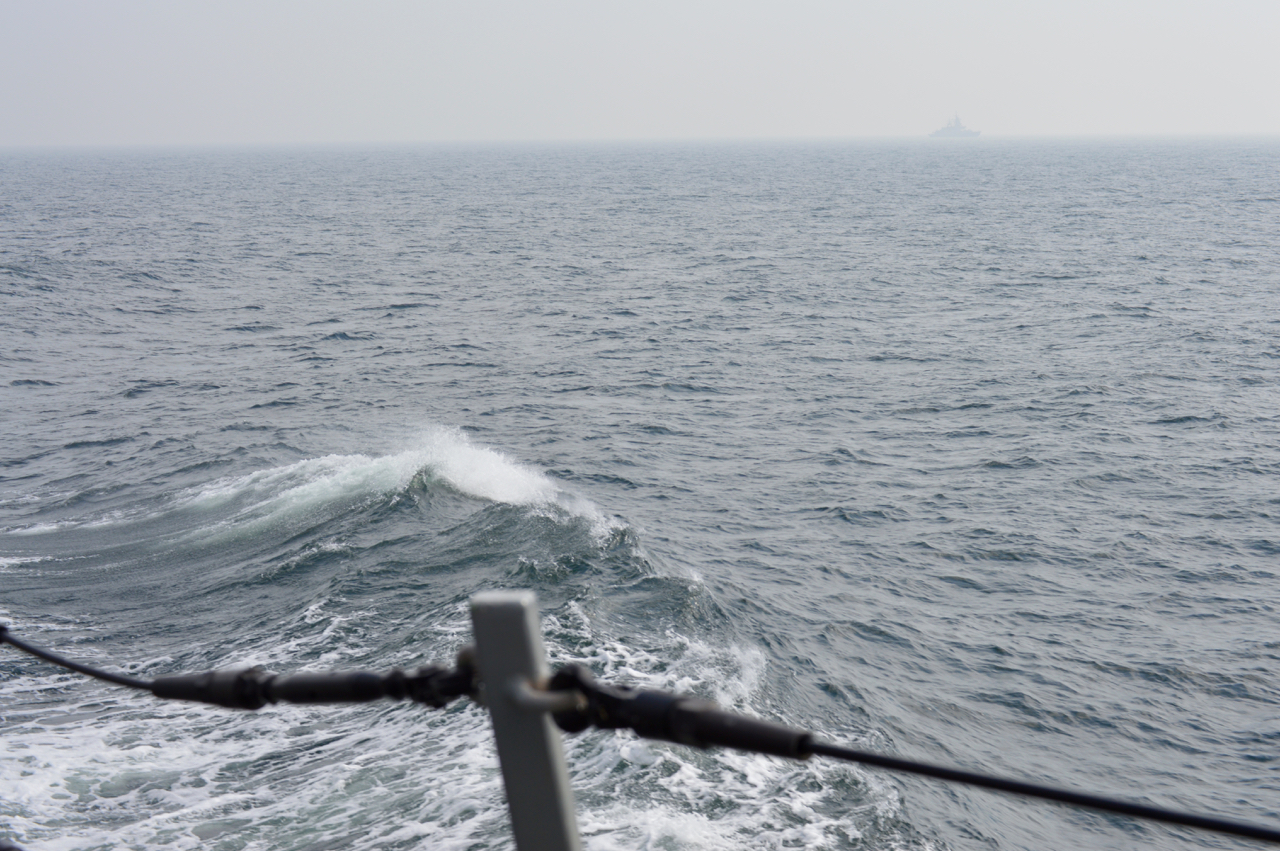
When USNI News was aboard Gravely, Steregushchiy-class corvette Boikiy (532) came about a mile from the ship, first sailing towards Gravely and then making a U-turn and following the ship briefly before slowing down and sailing away. Cashman said that was pretty typical, but it’s important that the U.S. commanders at sea understand that that is typical.
“One of the things we talk about … is it’s important not to be too much on edge, too forward leaning,” he said.
“It’s also important not to get too complacent. Things could change. Their behavior could change. There have been instances of, whether it was intentional or just bad seamanship, of doing things that were profoundly unsafe. So that’s why we’ll always call away the intel collection team, call away the guys with the cameras to be ready to record just in case. And the watchstanders and the commanders are trained to be ready to react to keep everyone safe, just in case they need to.”
Though Gravely is assigned to NATO and therefore reports up to a NATO chain of command, Cashman said his intelligence officer has been pushing out products to U.S. 6th Fleet and 2nd Fleet, the Office of Naval Intelligence, other U.S. entities and allies, to help everyone add to their understanding of what normal looks like today.
Rear Adm. Stephen Evans, commander of Carrier Strike Group 2, was at the BALTOPS exercise to serve as the exercise director, the adjudicator and the director of the opposition force. He also attested to the importance of operating forward to learn an area, as well as learn from partners and allies who know the area even better.
The red team or OPFOR in the exercise was a Danish task group that Evans coordinated with. He said they had a “devious” plan to make it hard for the rest of the BALTOPS participants to achieve their objectives, and part of that was their knowledge of the area and how other militaries like the Russians take advantage of that environment.
“The Danes also have the advantage of, this is their backyard. When we’re operating in a forward theater, we should expect the adversary to have homefield advantage, because as you know our Navy and Marine Corps is really the nation’s true away team, we don’t play home games; when we’re doing our jobs we’re far away from home,” Evans said.
“So we have to be able to operate in forward theaters and expect the adversary to have that advantage. But that’s only one aspect – we know the advantage we have is our training, our ability to not only be interoperable with our partners but be fully integrated with our partners. … We have the shared will; we have partners in their backyards, so we have someone to tell us what the terrain and what the operating environment is like, so we add that into our plans. And then we have the determination of U.S. sailors and Marines, which you can’t beat.”
Asked why it mattered that the U.S. sent a large force to exercise in the Baltic Sea versus conducting the same exercise off the coast of Norfolk or San Diego, Evans said, “we learn the theater. We absolutely learn the theater. We learn the pattern of life here, the shipping densities, who normally operates here. We learn where the hard places are to operate, where we can mass forces, where we’re vulnerable in the theater, and then how we mitigate that vulnerability by operating forward. We cannot get that same sense operating off the coast of the United States with synthetic geography.”
“I’ve spent a lot of time in the Arabian Gulf: when Iranian patrol boats come out to take a look at you, there’s a certain profile that they do, so you know what normal looks like,” he continued.
“So if they do something other than normal, you need to be ready to respond with something other than [normal]; this is different, so I need to be ready to respond differently. So same type of thing.”
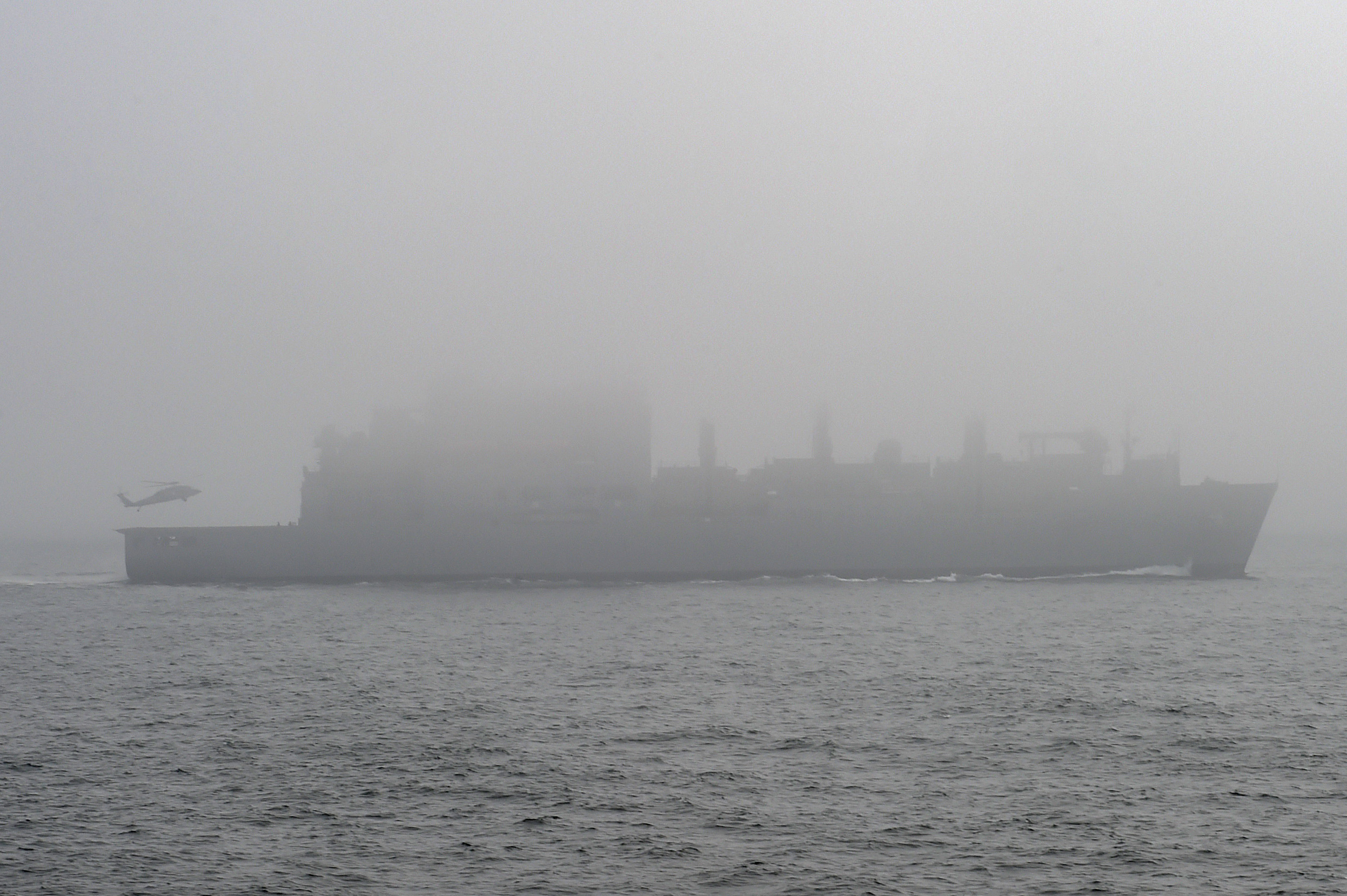
Of course, learning the theater goes beyond learning the adversary.
Aerographer’s Mate First Class (AG1) Christopher Vallejos, the SNMG-1 meteorology and oceanography forecast duty office, told USNI News while aboard Gravely that he had forecasted all over the world, but never so far north in 6th Fleet.
“There’s a lot of topography and a lot of bodies of water that aren’t your typical environment that we’re used to or that we’re bred to learn how to forecast in,” he said, making the forward exercises and presence all the more important for his community’s overall knowledge base.
“For instance, the Danish Straits, you’ll have funneling events where winds can definitely pick up that the models don’t necessarily see; it’s more of a small-scale local effect. That’s what I’m trained to learn, is to look at the topography and ensure that, okay, I’m making sure that I’ve got eyes on this particular area, because maybe for instance the model is going to say something, but we’re going to see a 10-knot, 15-knot increase in winds,” he said.
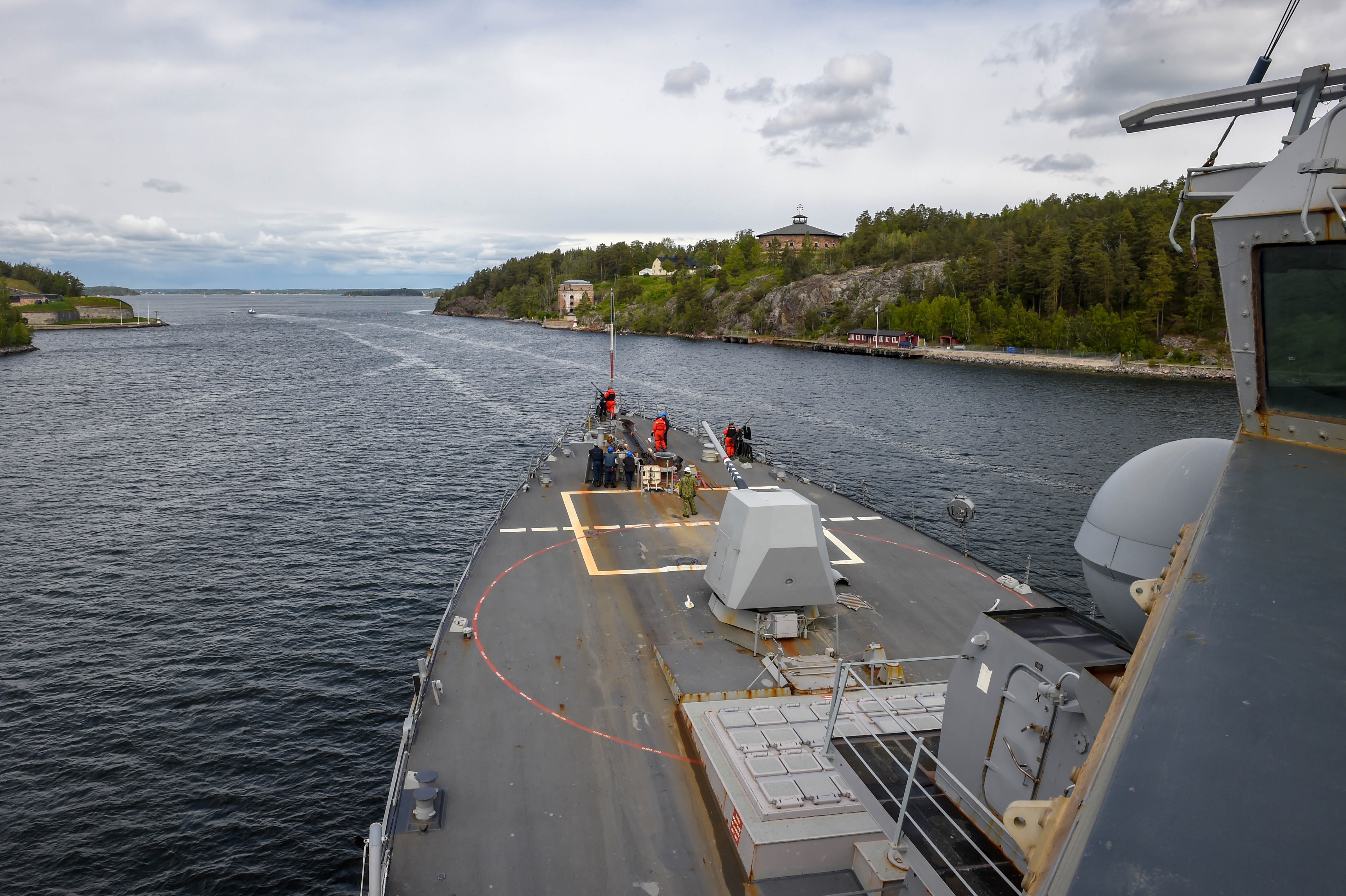
Operations Specialist 1st Class (OS1) Nick Scott, the SNMG-1 staff air controller, said they’ve been operating within seven or eight countries’ flight information regions, which means he has to know who to coordinate with and when to keep safe all organic helicopters as well as maritime patrol planes or fighters attached to them.
Ens. Hannah Godfrey, Gravely’s electrical officer and an officer of the deck, said the surface traffic “is definitely different than sailing out off the [Virginia Capes]. We have a lot of traffic separation schemes that we go through, a lot of restricted water transits. And we’re out here with a bunch of other cargo ships and warships, so you always have to pay close attention to what they’re doing and make sure that we’re not going to be in their way, which is very different than if we were in 5th Fleet.” She said they added another person to the watch team to ensure they were set up to handle the very congested environment.
And Lt. Londyn Korol, the ship’s navigator, said the cargo ships, sailboats, yachts, ferries and more aren’t the only challenge – the waterways and land masses are unlike anything she’s seen before. She said she’s conducted significantly more sea and anchor transits and straits transits during this deployment than on others, including a four-hour trip with tugs to get through the archipelago on the approach to Stockholm.
Korol noted the Norwegian fjords as being one of the funnier transits, due to the lack of shoal water, with the water remaining deep until it hits steep land masses off to the sides.
“Typically when I give a report I’ll say something like, the nearest hazard to navigation is shoal water. And in the fjords the nearest hazard to navigation is land. So at one point the captain looked at me, and I said, it’s fine, sir, we’re safe.”





